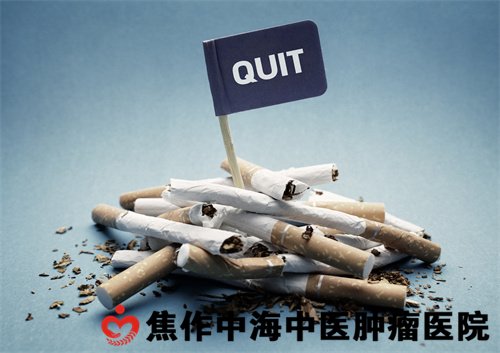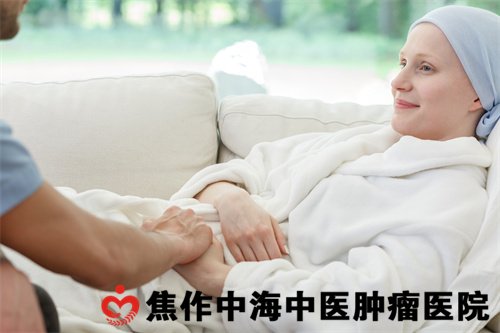
September 01, 2023
Doxorubicin is a broad-spectrum anti-tumor antibiotic, which belongs to anthracycline. In animal experiments and human intravenous injection, the drug molecule is absorbed by tissue cells and fixed on the nucleus, and its hydrophobic end is embedded in deoxyribonucleic acid (DNA), thus changing the model properties of DNA. It can prevent and interfere with the function of deoxyribonucleic acid polymerase, thus inhibit the synthesis of deoxyribonucleic acid, but also inhibit the synthesis of ribonucleic acid (RNA). Therefore, it can prevent cell division and proliferation. Doxorubicin is a non-specific drug in the cell cycle, which has an effect on all stages of the cell cycle, but S-phase and M-phase cells are more sensitive and have the strongest effect. After intravenous administration, doxorubicin disappeared rapidly in plasma and was widely distributed in liver, spleen, kidney, lung and heart. Doxorubicin was mainly metabolized in the liver and half excreted by bile.

Intermittent intravenous administration: 40mg / m2, once every 3 weeks.
Continuous intravenous administration: 2030 mg / m2 daily for 3 days, followed by repeated administration after an interval of 3 weeks. Or 2035 mg / m2 each time, once a week.
No matter which method of medication is used, the total amount should not exceed 450 mg / m2.

Adverse reactions: 1 Digestive system reactions: patients with anorexia, nausea, vomiting, stomatitis, esophagitis, gastritis and other adverse reactions. 2 inhibition of bone marrow hematopoiesis: 60% to 80% of the patients had leukopenia and thrombocytopenia during medication, and in severe cases, all three blood cells decreased, which were characterized by hemorrhage, infection and anemia. 3Cardiotoxic reaction: 20% to 30% of the patients had cardiotoxic reaction, such as arrhythmia, pericarditis, myocardial ischemia and chronic cardiomyopathy or acute heart failure. The cardiotoxic reaction caused by the drug has nothing to do with the dosage and regimen, so it generally does not affect the use of the drug. 4 hair loss: 100% of the patients had different degrees of hair loss during the treatment period, but the hair could grow again after stopping the drug. 5 Local stimulation: pain may occur in the local injection, such as leakage of drug solution outside the blood vessel can cause local tissue necrosis, ulceration and infection, which is not easy to cure for a long time.
Note: 1 strictly control the drug dose, the total amount should not exceed 400 mg / square meter. (2) the heart damage caused by this drug mostly occurred 1-6 months after drug withdrawal (average 2.5 months). Therefore, attention should be paid to follow-up after chemotherapy. For early detection, early prevention and treatment. (3) the urine of the patients treated with this drug can be red, not hematuria, which should be distinguished from hematuria.